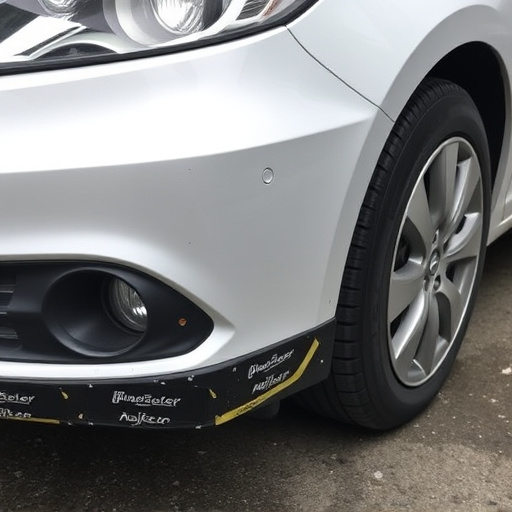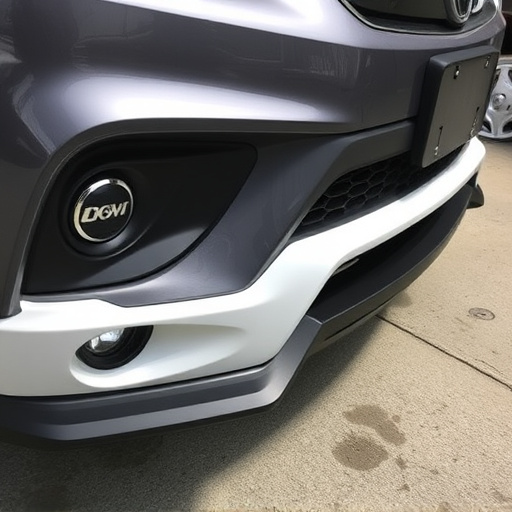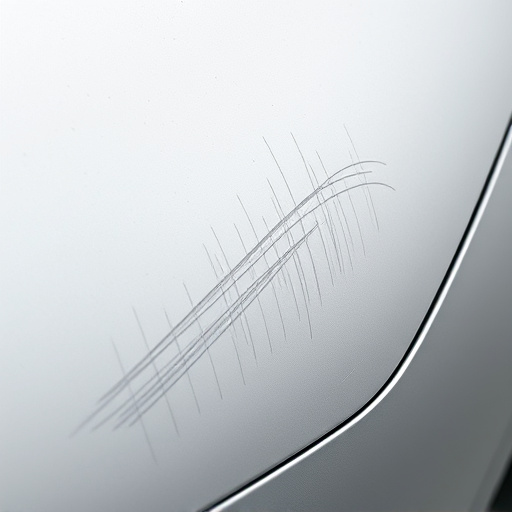Airbag safety certification is a legal requirement for insurance companies and collision repair centers, ensuring airbags deploy safely during accidents. Non-compliance can lead to serious consequences, including insurance claim rejection and legal issues. This process involves rigorous testing and quality assurance to maintain vehicle safety standards, fair insurance practices, and trust between insurers and policyholders. Businesses must prioritize certification by adhering to industry standards, comprehensive testing, staff training, effective documentation, and staying updated on regulations to meet requirements and enhance overall vehicle security.
Airbag safety certification is a critical aspect of automotive security, with significant implications for insurance and legal compliance. This comprehensive guide explores how these certifications influence the automotive industry, focusing on three key areas: understanding the legal perspective behind airbag safety, deciphering the impact on insurance policies, and uncovering best practices for businesses and manufacturers to ensure stringent compliance. By delving into these aspects, we aim to demystify the role of airbag safety certification in shaping the automotive landscape.
- Understanding Airbag Safety Certification: A Legal Perspective
- Implications for Insurance Companies and Policies
- Ensuring Compliance: Best Practices for Businesses and Manufacturers
Understanding Airbag Safety Certification: A Legal Perspective

Understanding Airbag Safety Certification from a legal perspective is paramount for both insurance companies and collision repair centers. In many jurisdictions, airbag safety certification is a non-negotiable requirement for vehicle safety and legal compliance. This certification ensures that airbags deployed during a collision function optimally, minimizing injury risk to occupants.
Non-compliance with airbag safety standards can have severe consequences for repair facilities. Insurance companies may refuse to cover claims where improper installation or malfunction of airbags is identified, leading to financial burdens for both the policyholder and the repair center. Thus, adhering to rigorous certification processes, which often involve testing and quality assurance measures, becomes crucial for maintaining legal integrity and ensuring fair insurance practices in case of accidents involving airbag deployment.
Implications for Insurance Companies and Policies

Airbag safety certification plays a pivotal role in shaping the insurance landscape and legal obligations for vehicle owners. With stringent regulations in place to ensure the effectiveness and reliability of airbags, manufacturers and repair facilities are required to adhere to specific standards during installation and maintenance. This has significant implications for insurance companies, as it influences their risk assessment and pricing strategies.
Insurance providers now have a clearer understanding of vehicle safety features, enabling them to offer tailored coverage options. For instance, policies may include enhanced protection for collision-related incidents, considering the crucial role of airbags in mitigating injuries. Additionally, the certification process encourages automotive repair centers, including those providing frame straightening and collision repair services, to maintain high standards, ensuring customer safety and peace of mind. This, in turn, can lead to improved relationships between insurers and policyholders, fostering a culture of trust and transparency.
Ensuring Compliance: Best Practices for Businesses and Manufacturers

Ensuring compliance with airbag safety certification is paramount for businesses and manufacturers in the automotive industry. This involves rigorous testing and adherence to stringent standards set by regulatory bodies, such as those governing vehicle safety. Best practices include implementing robust quality control measures throughout the production process, from component procurement to final assembly. Regular staff training on safety protocols and protocol updates ensures everyone involved understands their role in maintaining certification.
Additionally, businesses should maintain comprehensive documentation detailing every step of the airbag safety certification process. This includes test reports, inspection logs, and any correspondence with certifying bodies. Moreover, staying informed about industry trends and regulatory changes is crucial for proactive compliance. Engaging with trusted auto body services, auto glass repair specialists, and car paint services that adhere to similar safety standards can also contribute to overall compliance, ensuring all components meet the required safety certification levels.
Airbag safety certification is a pivotal aspect of ensuring vehicle and passenger safety, with significant implications for insurance and legal compliance. As regulations continue to evolve, businesses and manufacturers must stay informed and adopt best practices to maintain adherence. Understanding the legal perspective and its impact on insurance policies equips stakeholders with the knowledge needed to navigate this complex landscape, ultimately fostering safer automotive environments. Airbag safety certification remains a game-changer in both regulatory and insurance sectors, emphasizing the need for continuous vigilance and adaptation.














